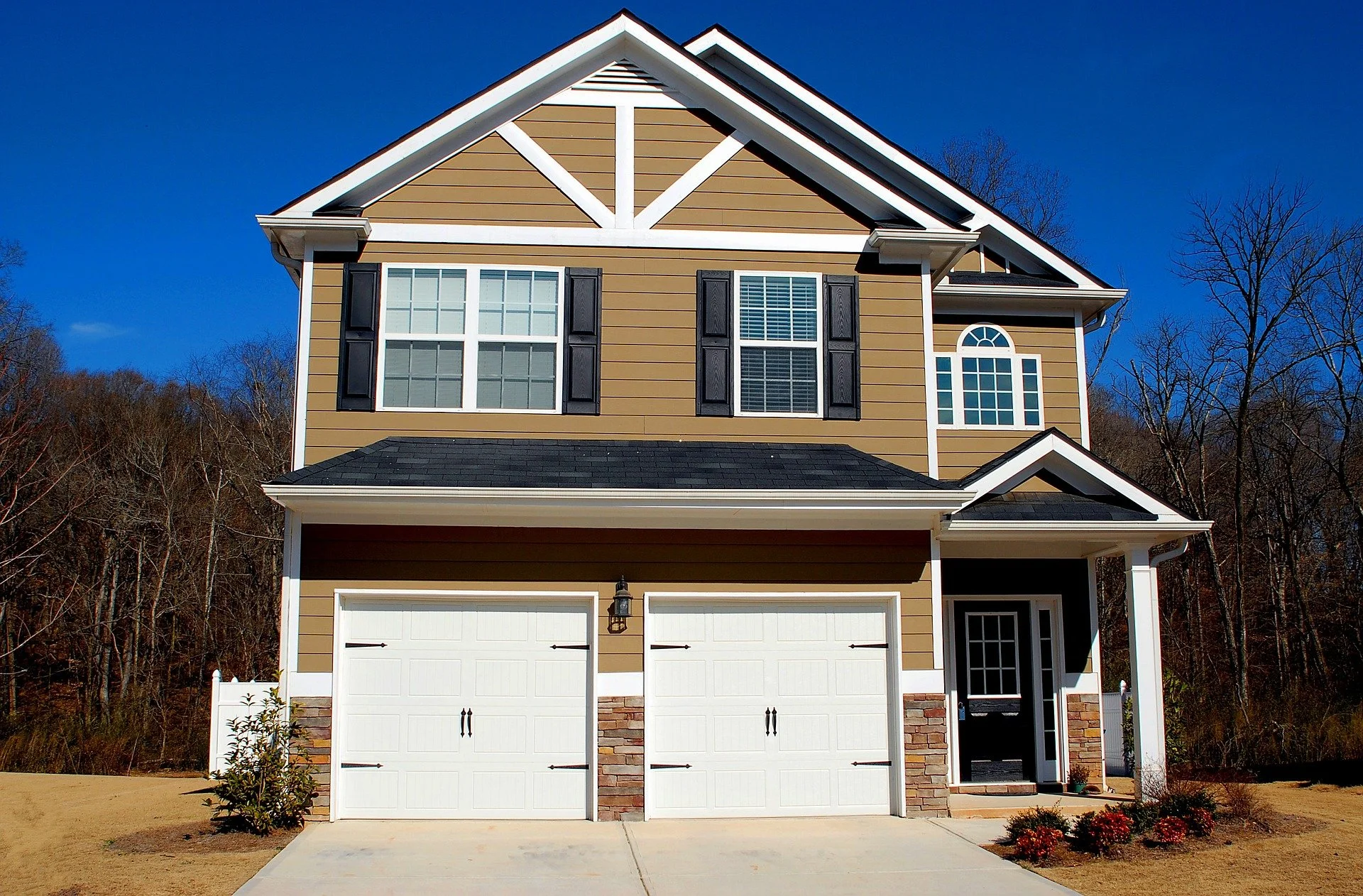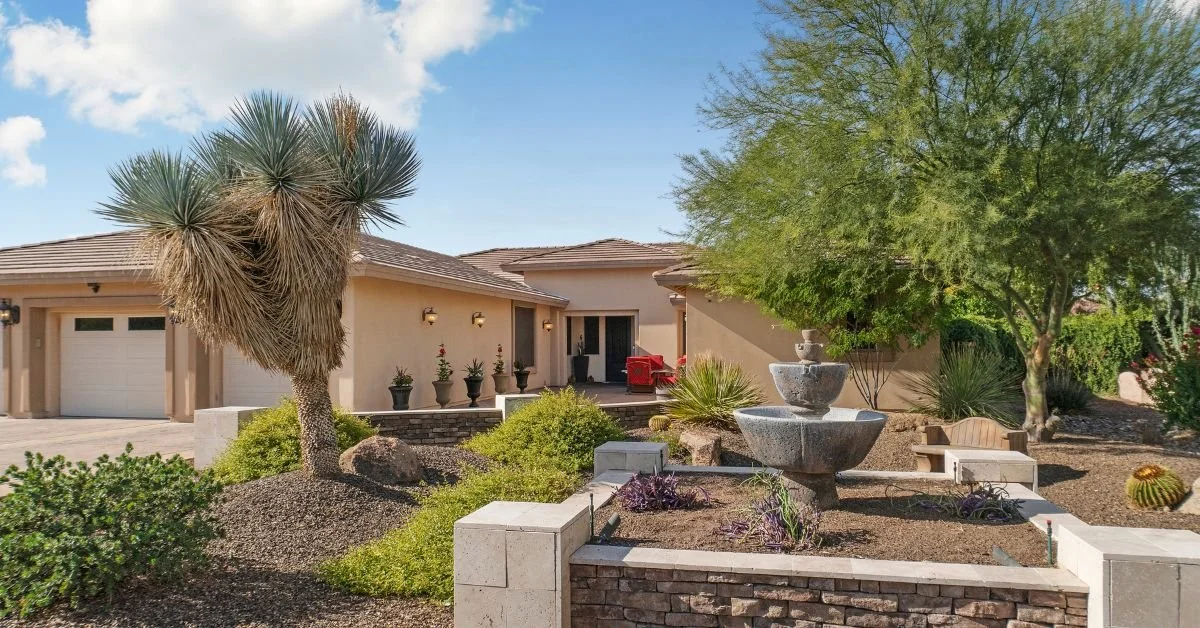How Large is a Parking Space in residential Real Estate
When you're looking for a home, it's important to understand how much space you need? If you're buying a house that doesn't have enough parking space, then you may not be able to park your car there at all. This is especially true if it's an older home with smaller garages or driveways that aren't designed to handle modern vehicles. Luckily, we've got some answers to these questions, so you'll know exactly what parking spaces exist and how much room they take up when configuring your new living situation.
What is the size of a parking space?
Parking space size varies greatly, and the amount of space you need depends on how many cars you have (and what kinds). Parking spaces are measured in square feet compared to other spaces, rooms, or apartments. The amount of space you need depends on the type of vehicle you want to park. Here are some general guidelines:
Parallel spaces are typically 9 feet wide and 15 feet long but can be as short as 8 feet in width or as long as 18 feet in length.
Angled parking spaces are called “pull-throughs” or “reverse-angle spaces” and usually measure 12 feet wide by 15 feet long.
Carports (garages that don't have doors) can be anywhere from 8 to 10 feet wide by about 10 to 12 feet deep.
Our recommendation? If you have more than one vehicle that needs parking access at any given time, then we recommend getting something with at least 1/10th an acre's worth of room for vehicles. That way, everyone can park their vehicle easily without worrying about whether or not someone else will take up all their space.
When buying a house, what are your options for parking?
The most obvious parking option is parallel parking, which requires you to park in the direction of traffic. This can be less secure than angled parking, but it does provide more flexibility for cars that are too large or too wide to fit into a garage or carport.
Angled parking also requires you to park in the direction of traffic. However, it takes up less space than parallel parking because vehicles are parked at an angle rather than at right angles (90 degrees). Angled parking makes it easier for drivers exiting their cars to see pedestrians crossing the street and gives them more visibility when backing up from their spot.
Parallel-only spaces should be reserved for pickup trucks, SUVs and other large vehicles; these vehicles may not fit into a garage or carport without damaging walls or ceilings due to their size and height requirements.
Is there much difference in size between parallel and angled parking spaces?
The size of a parking space can vary depending on the structure of the building. For example, when considering angled and parallel spaces, there is usually a more significant difference in size for parallel spaces than for angled ones.
The average length of parallel spaces is about 17 feet, while angled parking spaces are only around 14 feet (Source). The same goes for widths: parallel parking spaces tend to be 8-9 feet wide, while angled ones can be as narrow as 6 feet.
How is a carport different from a garage?
A carport is a roofed structure that protects cars from the weather. It's usually attached to the house and can be used to store vehicles and other equipment, while a garage is a building that houses a car or cars.
Carports are typically smaller than garages, but both offer protection from the elements and shelter your vehicle(s) from theft. They're also more affordable, which makes them attractive options for homeowners who want to save money on their housing costs without sacrificing space or safety for their vehicles.
How many square feet is a typical driveway?
When purchasing a home with a driveway, it's important to know how large it is. The size of your driveway will determine what kind of car you can park there and how many cars it can fit.
To determine how many square feet are in your average driveway, multiply the width by the length. If we take our estimate from above that an average driveway has 30 feet of length and 12 feet of width (which totals 42 square feet), multiply those together for a total area of 576 sqft.
BOMA parking standards
The BOMA parking standard states that residential applications must have at least two dedicated off-street parking spaces per unit in new developments and one dedicated off-street parking space per unit in existing developments. Suppose a residential community has less than three units on site but has an occupancy rate of at least 50 per cent during peak hours (typically 7 am - 5 pm). In that case, it must provide one designated off-street vehicle storage area per unit or 10 per cent of all dwelling units, whichever number is greater
Takeaway:
In a residential real estate building, parking spaces are usually wider than the standard size. Residents often need more room to get into and out of their cars.
The BOMA parking standards require that single-family homes have two designated parking spaces per unit, with the first space at least eight feet wide and the second at least six feet wide. This can be difficult for many people who live in smaller apartments or condos because they don't have enough room to fit two cars inside their garage or carport. However, if you want to put your money where your mouth is when saving on gas mileage by not driving as much, consider moving into an area with plenty of public transportation options so that you don't need your car!
I hope this article has helped you understand how large a parking space is and your options when buying a home. As I mentioned earlier, the size of the lot plays an essential role in determining how much parking space there will be. Also, remember that you may need to contact your local government to find out what regulations they have regarding parking spaces before buying a house or apartment building. I wish you luck on your real estate journey!











